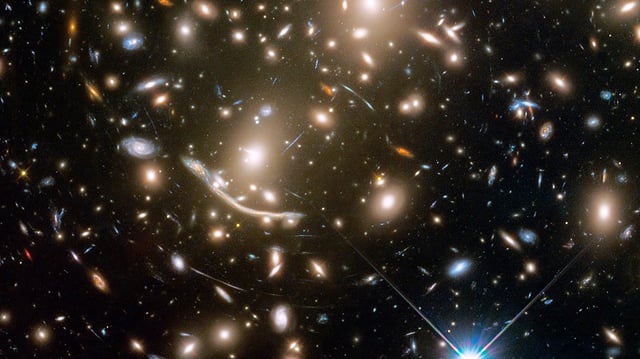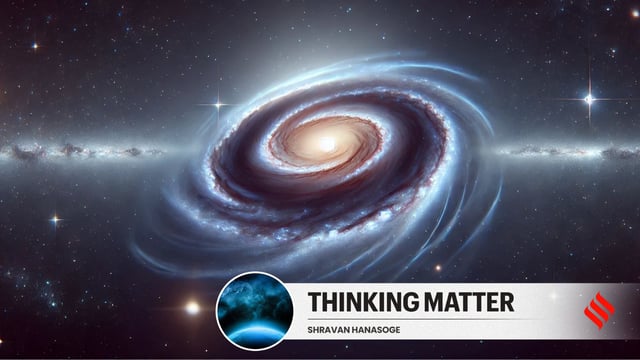Overview
- Dark matter comprises about 27% of the universe’s mass-energy yet remains invisible and is inferred only from its gravitational effects on galaxies and clusters.
- Early theories from Fritz Zwicky’s 1933 observations of the Coma Cluster to supersymmetry proposals have explained dark matter’s role but failed to identify its particles.
- Decades of deep-underground WIMP searches and collider experiments have produced no definitive signals, prompting tighter constraints on candidate properties.
- New AI algorithms are being integrated into next-generation detectors to distinguish potential dark matter interactions from background noise.
- Researchers are exploring alternative models such as ultralight axion-like particles and hidden-sector forces that could reshape physics beyond the Standard Model.


